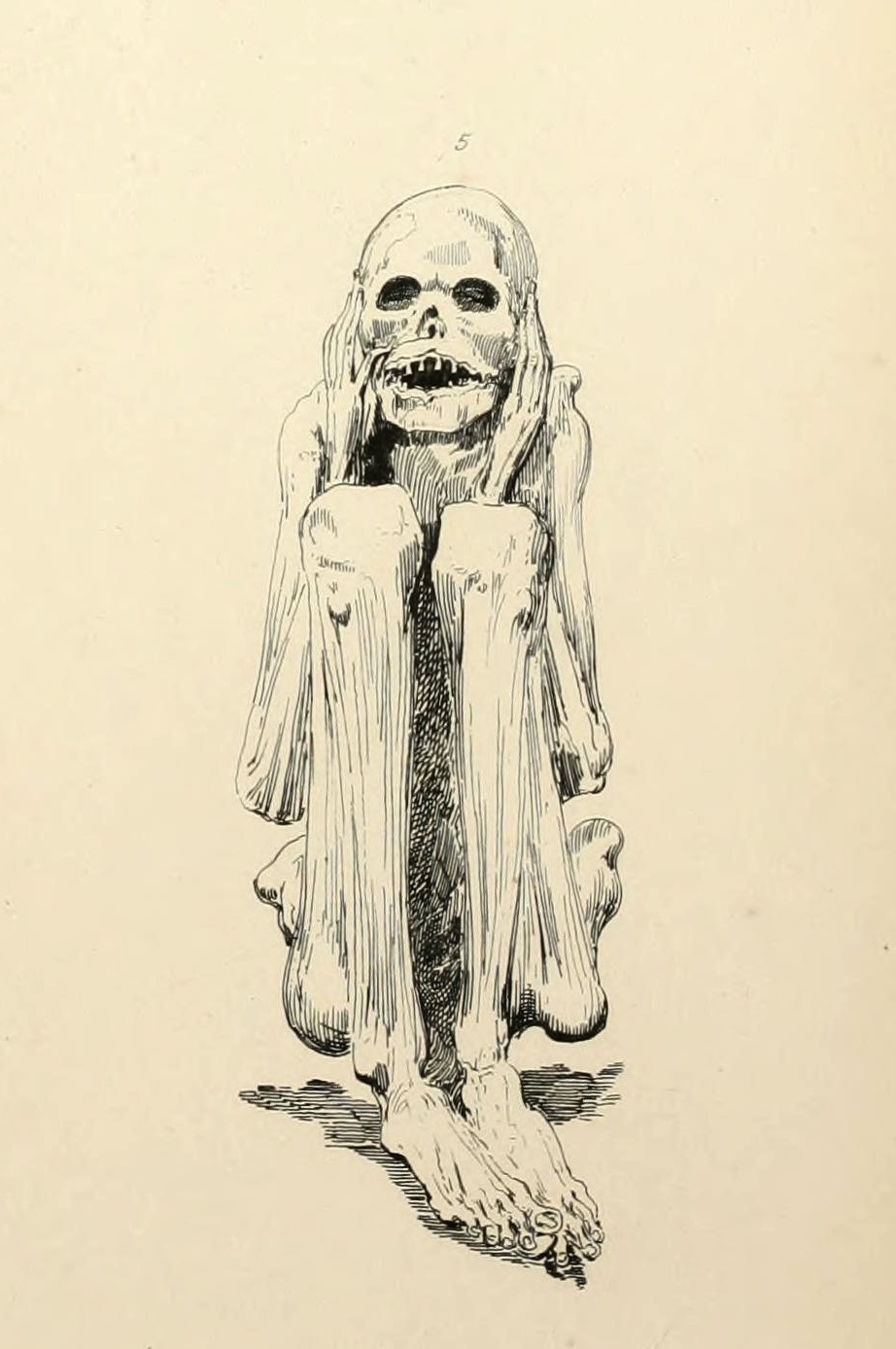En 1823, el libertador del Perú, el revolucionario sudamericano José de San Martín, le envió al rey Jorge IV del Reino Unido de la Gran Bretaña, Irlanda y Hanover una “Momia Inca” como prueba de la gloria ancestral del Perú y su renovada soberanía. San Martín esperaba que el regalo del rey fuese a parar al Museo Británico. Sin embargo, terminó en el Hunterian Museum del Real Colegio de Cirujanos, donde la momia fue exhibida no como un cuerpo embalsamado, sino como un ejemplar preservado naturalmente, cuya conservación se había debido a la sequedad del aire peruano y “al carácter peculiar de su suelo”. Sin embargo, la opinión científica del Colegio de Cirujanos era completamente errónea. Escondida bajo esa momia inca, degradada por los expertos británicos a la condición de un cadáver abominable objeto de curiosidad para los naturalistas, yacía una historia borrada de la ciencia andina e hispana. Los andinos habían aplicado sus conocimientos sobre el cuerpo y los climas locales a la preservación de sus ancestros para una vida plena en el más allá. El traslado de la momia inca, el regalo de San Martín al Hunterian Museum, enterró el conocimiento andino-hispánico, rebajando a los muertos andinos de su condición de seres sagrados a la de meros especímenes.
La momia inca de San Martín
Detalle de la momia inca de San Martín. Thomas Joseph Pettigrew, A History of Egyptian Mummies (London: Longman, 1834).
Christopher Heaney
Lectura adicional
- Barrera Osorio, A. (2006) Experiencing Nature: The Spanish American Empire and the Early Scientific Revolution (Austin, TX: University of Texas Press).
- Cañizares-Esguerra, J. (2006) Nature, Empire, and Nation: Explorations in the History of Science in the Iberian World (Stanford, CA: Stanford University Press).
- Garcilaso de la Vega, I. (1989) Royal Commentaries of the Incas, parts 1 and 2, translated by H.V. Livermore (Austin, TX: University of Texas Press).
- Heaney, C. Empires of the Dead. (New York, NY: Oxford University Press, forthcoming).
- Heaney, C. (2018) ‘How to make an Inca mummy: Andean embalming, Peruvian science, and the collection of empire’, Isis: A Journal of the History of Science Society, 109 (1): 1–27.
- Lau, G.F. (2013) Ancient Alterity in the Andes: A Recognition of Others (London/New York, NY: Routledge).
- Pringle, H. (2001) The Mummy Congress: Science, Obsession, and the Everlasting Dead (New York, NY: Hyperion).
- Ramos, G. (2010) Death and Conversion in the Andes: Lima and Cuzco, 1532–1670 (Notre Dame, IN: University of Notre Dame Press).
- Salomon, F. (1995) ‘“The beautiful grandparents”: Andean ancestor shrines and mortuary ritual as seen through colonial records’, in Tombs for the Living: Andean Mortuary Practices, edited by T.D. Dillehay, 315–53 (Washington, DC: Dumbarton Oaks Research Library and Collection).
- Silverblatt, I. (1988) ‘Imperial dilemmas, the politics of kinship, and Inca reconstructions of history’, Comparative Studies in Society and History, 30 (1): 83–102.
- Thurner, M. (2011) History’s Peru: The Poetics of Colonial and Postcolonial Historiography (Gainesville, FL: University Press of Florida).
- Yaya McKenzie, I. (2015) ‘Sovereign bodies: ancestor cult and state legitimacy among the Incas’, History and Anthropology, 26 (5): 639–60.





